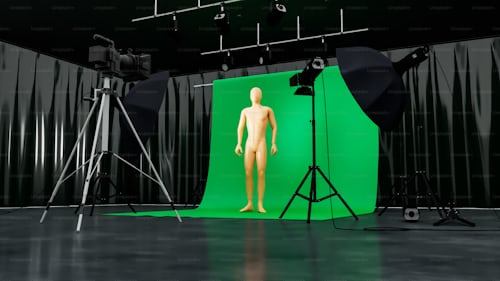
The Importance of Pre-visualization in Film Production
Pre-visualization (previs) plays a crucial role in modern film production, serving as a powerful tool that allows filmmakers to plan and visualize every aspect of a film before actual production begins. From complex action sequences to intricate camera movements, previs helps streamline the filmmaking process and ensure creative clarity. Here’s why pre-visualization is essential in film production:
1. Conceptual Clarity
Pre-visualization helps filmmakers translate ideas from scripts into visual concepts. It allows directors, cinematographers, and production designers to collaborate closely on visualizing scenes, sets, and overall aesthetics. By creating rough sketches or digital mock-ups of key scenes, previs clarifies the director’s vision and aligns the entire team on creative goals.
2. Storyboard Development
Previs often begins with storyboarding, where key sequences and shots are sketched out in detail. This process enables filmmakers to experiment with different compositions, camera angles, and pacing. Storyboards serve as a blueprint for the entire production, guiding decisions on set design, lighting, and shot sequences.
3. Technical Planning
Beyond visualizing scenes, pre-visualization allows filmmakers to plan technical aspects of production. It helps in determining camera placements, lens choices, and the feasibility of complex visual effects (VFX) sequences. By identifying potential challenges early on, such as logistical constraints or budget limitations, previs enables proactive problem-solving and efficient resource allocation.
4. Cost Efficiency
Pre-visualization can significantly impact budget management by minimizing costly reshoots and revisions during production. By refining creative choices in the previs stage, filmmakers can optimize set construction, reduce on-set experimentation time, and streamline post-production workflows. This efficiency translates into cost savings and a more predictable production schedule.
5. Collaborative Tool
Pre-visualization fosters collaboration among various departments, including visual effects artists, stunt coordinators, and costume designers. It serves as a common reference point for discussing creative ideas and technical requirements, ensuring that everyone involved in the production shares a unified vision. This collaborative approach enhances communication and synergy throughout the filmmaking process.
6. Directorial Vision
For directors, pre-visualization is invaluable in articulating their cinematic vision to the cast and crew. It allows them to convey mood, pacing, and storytelling nuances with precision. Directors can experiment with different narrative approaches and explore creative alternatives in a controlled, virtual environment before committing to final decisions on set.
7. Marketing and Pitching
In addition to aiding production, pre-visualization plays a key role in marketing and pitching film projects to stakeholders and investors. Visualizing compelling scenes and sequences helps convey the film’s potential impact and marketability. Detailed previs presentations can instill confidence in financial backers and generate excitement among audiences long before the film’s release.
Conclusion
Pre-visualization has become an indispensable tool in modern film production, offering filmmakers a strategic advantage in planning and executing complex projects. By facilitating conceptual clarity, technical planning, and cost efficiency, previs enhances creative collaboration and empowers directors to realize their artistic vision with greater precision and control. As technology continues to advance, the role of pre-visualization in shaping the future of cinema remains essential in pushing the boundaries of storytelling and visual innovation.








